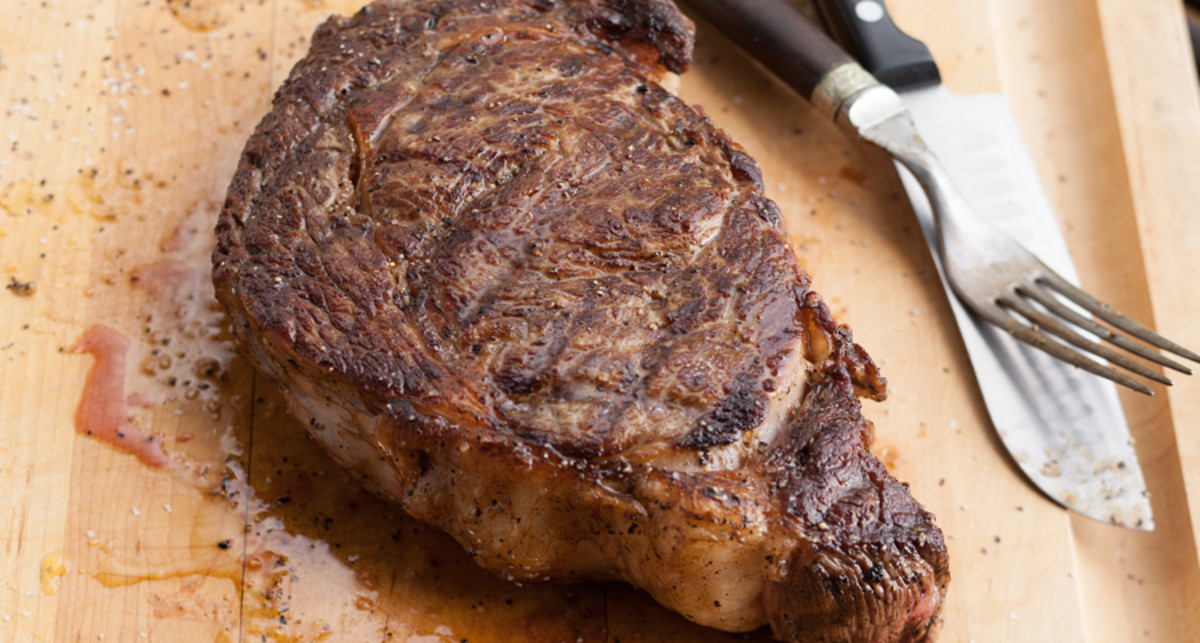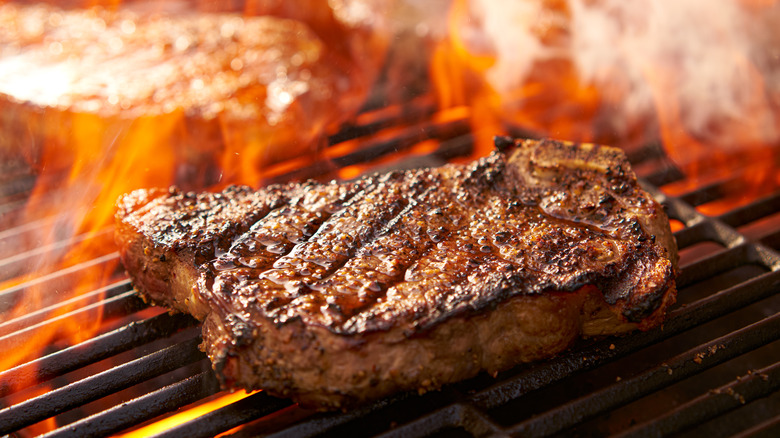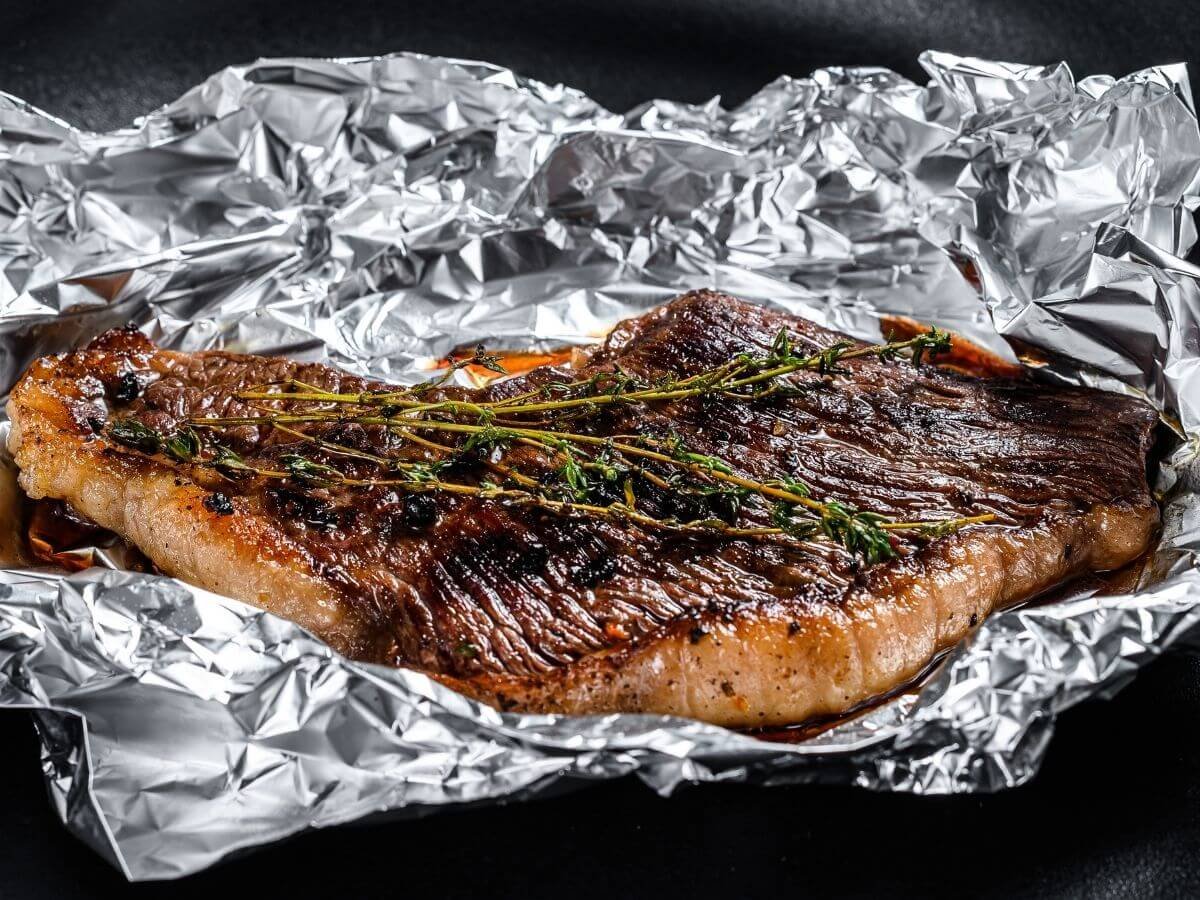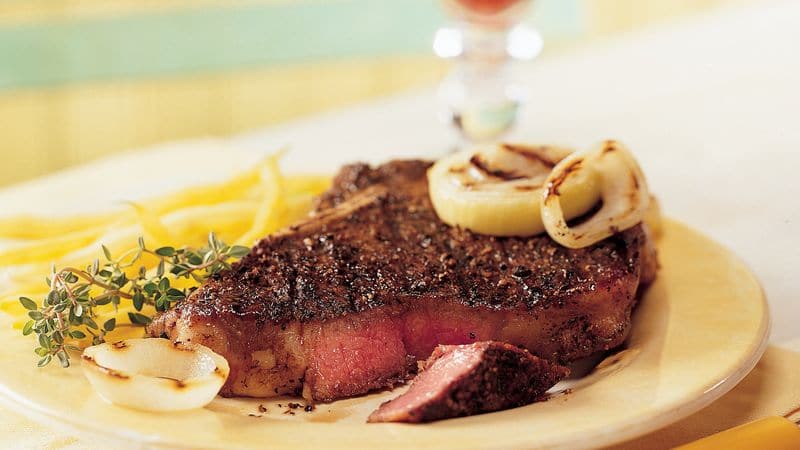Mastering the Art of How to Cook Ribeye Steak in a Pan: A Comprehensive Guide
Written By James Morgan
If you're a culinary enthusiast or simply a steak lover wanting to indulge in a juicy, flavorful piece of meat, then learning how to cook ribeye steak in a pan is an essential skill that will elevate your cooking repertoire. Ribeye steak is renowned for its marbled fat, giving it rich flavor and tenderness that is hard to match. In this article, we delve deep into the methods, tips, and techniques that will help you achieve a perfectly cooked ribeye steak in the comfort of your kitchen.

Understanding Ribeye Steak: The Cut That Speaks Flavor
Before diving into the cooking methods, its crucial to understand what makes ribeye steak a top choice for many. Ribeye is cut from the rib section of the cow, which is known for its intense marbling. This marbling is what gives ribeye its buttery texture and robust flavor compared to leaner cuts of meat. Cooking ribeye in a pan not only enhances these flavors but also helps in achieving a delicious crust while retaining soft juiciness inside. It's a perfect meal for celebrations or a simple weeknight dinner that will impress any guest.

Essential Cookware for Cooking Ribeye Steak
To cook ribeye steak in a pan successfully, you don't need a massive array of tools. However, having the correct cookware is essential.
First, you will need a good quality frying pan or skillet, which efficiently conducts heat to ensure an even cooking surface. A griddler works wonderfully. It allows you to control the temperature and achieve a fantastic sear without sacrificing moisture inside the steak.
In addition to a skillet, having a sharp knife is critical for trimming the steak and serving it once it is cooked to perfection. A proper cutting board is also a must-have in your kitchen. Utilizing a sturdy cutting board ensures that you can chop and prepare your steak safely without slipping or damaging your knife.

Ingredients: The Building Blocks of Flavor
Ingredients for Ribeye Steak
- 1 Ribeye steak (about 1 inch thick)
- Salt (preferably kosher salt)
- Pepper (freshly cracked)
- 2 tablespoons of olive oil or butter
- Optional: Garlic cloves, rosemary, or thyme for additional flavor

Preparation Steps: Getting Ready to Cook
Preparation is key in the process of cooking ribeye steak in a pan. Start by removing your ribeye steak from the refrigerator about 30-60 minutes before you plan to cook it. Allowing the steak to come to room temperature ensures it cooks evenly throughout. During this time, season both sides generously with salt and freshly cracked pepper. This not only helps in flavoring but also aids in forming a perfect crust while cooking.
It's also advisable to pat the steak dry with paper towels before cooking. This step is often overlooked but is crucial as it helps remove any excess moisture. If there's wetness on the surface of the steak, it won't sear properly, resulting in a steamed effect instead of a delicious crust.
Cooking Techniques: The Step-by-Step Process
Now that your ribeye steak is properly prepared, it's time to dive into the cooking process. Heres a detailed breakdown of how to cook ribeye steak in a pan.
Step 1: Preheat Your Pan
Place your skillet on the stove over medium-high heat. Let it heat up for a few minutes until it's hot. A properly heated pan is vital as it helps achieve that beautiful golden-brown crust. You can test if the pan is hot enough by dropping a few drops of water into it. If the water dances and evaporates quickly, your pan is ready.
Step 2: Add Oil or Butter
Once your pan is hot, add either olive oil or butter. If using oil, ensure it's a high-smoke point oil like canola or grape seed if you prefer. Allow the oil to heat until it shimmers, but do not let it smoke. If using butter, wait until it is foamy before adding the steak. This adds a rich flavor to your ribeye.
Step 3: Sear the Ribeye
Carefully place your ribeye steak into the hot pan. You should hear a sizzle this is the sound of a great sear. Once its in the pan, refrain from moving it around. Allowing it to rest undisturbed ensures that a crust is formed. Sear the first side for about 4-5 minutes depending on the thickness of your ribeye and how well-done you like your steak.
Step 4: Flip and Add Aroma
After the first side has developed a lovely crust, flip the steak using tongs. At this stage, you might want to add in some aromatic elements like crushed garlic cloves and herbs such as rosemary or thyme. As the steak cooks, tilt the pan slightly to collect the juices on one side and use a spoon to baste the steak with those delicious juices and butter. This process adds flavor and moisture.
Step 5: Check Temperature
For the perfect doneness, it is essential to monitor the internal temperature of your ribeye steak. A meat thermometer is your best friend here. The following are the temperature benchmarks for different doneness levels:
- Rare: 120F (49C)
- Medium Rare: 130F (54C)
- Medium: 140F (60C)
- Medium Well: 150F (66C)
- Well Done: 160F (71C) and above
Once your steak reaches the desired temperature, remove it from the heat.
Step 6: Rest the Steak
After cooking, allow your ribeye steak to rest. This is a crucial step that many home cooks tend to skip. Cover the cooked steak loosely with foil and let it rest for about 5-10 minutes. This resting time allows the juices to redistribute throughout the meat, ensuring every bite is as juicy and tender as can be.
Presentation: The Finishing Touch
Once rested, it's time to serve your beautifully cooked ribeye steak. Slice it against the grain using your sharp knife for maximum tenderness. Present the steak on a clean cutting board or plate, and feel free to drizzle a bit of the garlic and herb-infused butter on top for that gourmet look. Pair your steak with a side of roasted vegetables or a fresh salad for a complete meal.
Cleaning Your Cookware: Final Touches
After indulging in your delicious steak, it is crucial to clean your cookware properly. Using a high-quality cookware cleaner will ensure that your pots and pans maintain their non-stick properties and last longer. If you used a wooden cutting board, applying some cutting board oil will help keep it conditioned and prevent cracking.
Final Thoughts
Learning how to cook ribeye steak in a pan is an approachable process that pays off handsomely with rich, tender steals that will wow your family and friends. With the right techniques, ingredients, and a dash of culinary enthusiasm, you'll find that achieving a perfect steak is more than possible. Enjoy your culinary journey, and savor the delicious results!
As an Amazon Associate, I earn from qualifying purchases.



